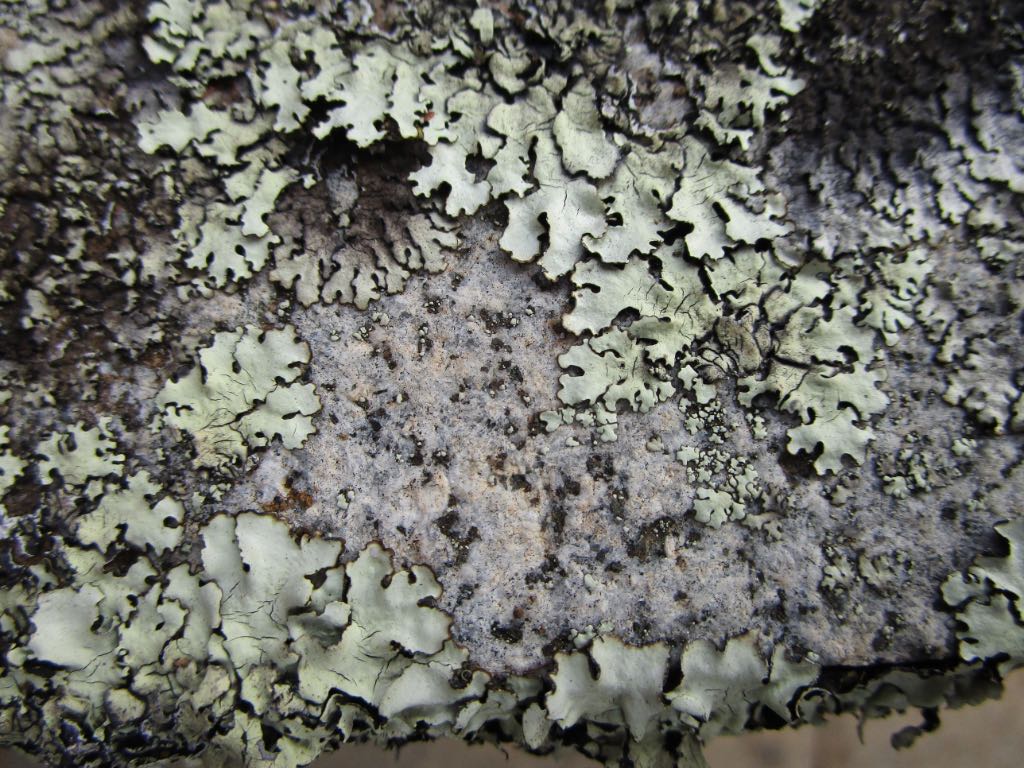Plants
|
Photographed using a Canon Ixus 190, 2021/05/05
|
|
|
The high definition version shows a 2762×1943 pixel detail of the original, which is 5152×3864 pixels.
Photo 2021/05/05, Canon Ixus 190
|
Photo 2021/06/18
|
|
|
|
|
Plants
Photographed using a Canon Ixus 190, 2021/05/05
The high definition version shows a 2762×1943 pixel detail of the original, which is 5152×3864 pixels.
Photo 2021/05/05, Canon Ixus 190
Photo 2021/06/18
Lichens |

|
|
One of the best places I've come across to photograph lichens is on headstones. This and the following photo are in the Clare cemetery in Mid-North South Australia.
Notice in the high definition image that the young lichens are becoming established on the dark mineral grains (pyroxenes, amphiboles and micas, rather than the quartz and feldspars) in the 'granite' headstone. This and the next two images were photographed with a Canon Ixus 190, 2021/05/01. |
The Canon Ixus images often show less sharpness away from the point that the camera focused on.
The depth of field for any camera is very shallow at high magnification; this must be so due to the laws of optics.
The bright circle is a 10¢ coin, for scale.
Photo Canon Ixus 190, 2021/09/03, between Kingston and Loxton on the banks of the Murray river.
It was in the same area as the one above, the colours were distinctly different, the above one was much more greenish, this blue-grey. Photo Apple iPhone 7, 2021/09/03
Moss
I posted the image on SA Natureteers Facebook page and the identification came from there.
Photo 2021/05/14, Canon Ixus 190
Liverworts
Like mosses, liverworts are under appreciated. They are very 'primitive' plants the ancestors of which evolved well before flowering plants. They propagate with spores rather than seeds. For more information see Marchantiophyta in Wikipedia. There seems to be controversy in the exact taxonomic classification of liverworts. Photo 2023/05/07, iPhone 11 Pro, standard lens, 4.25mm focal length
Animals
Quoting from the Australian Museum's site: "The female constructs an egg sac of white papery silk, shaped like a ball with an obvious circular seam, which she then carries around attached with strong silk to her spinnerets. When the spiderlings hatch, they are carried around on the female's back until they are ready to disperse by ballooning or on the ground. Such a high degree of parental care is relatively unusual among spiders."Photographed using a Canon Ixus 190, 2021/03/21 Miscellaneous lifeforms
Wikipedia's entry on slime moulds starts "Slime mould is an informal name given to several kinds of unrelated eukaryotic organisms that can live freely as single cells, but can also aggregate together to form multicellular reproductive structures."
Photo iPhone 7.
Mineral
I had seen and photographed dendrites elsewhere many times, but most or all had been exposed to the weather or at least to weathering. The sharpness of these immediately struck me. Dendrites are mineral deposits that formed in narrow cracks (joints) in rocks. |
Related pagesBiocrusts especially relating to the Grampians and Flinders Ranges of South Australia |
IndexOn this page...AnimalsLichens Liverworts Mineral Miscellaneous lifeforms Moss Plants Related pages |
|
|